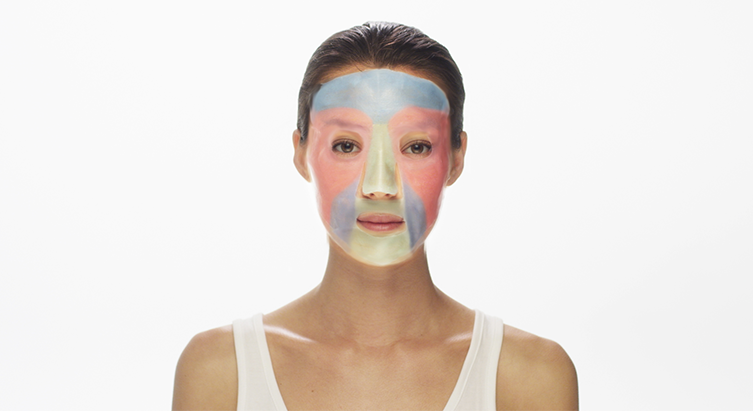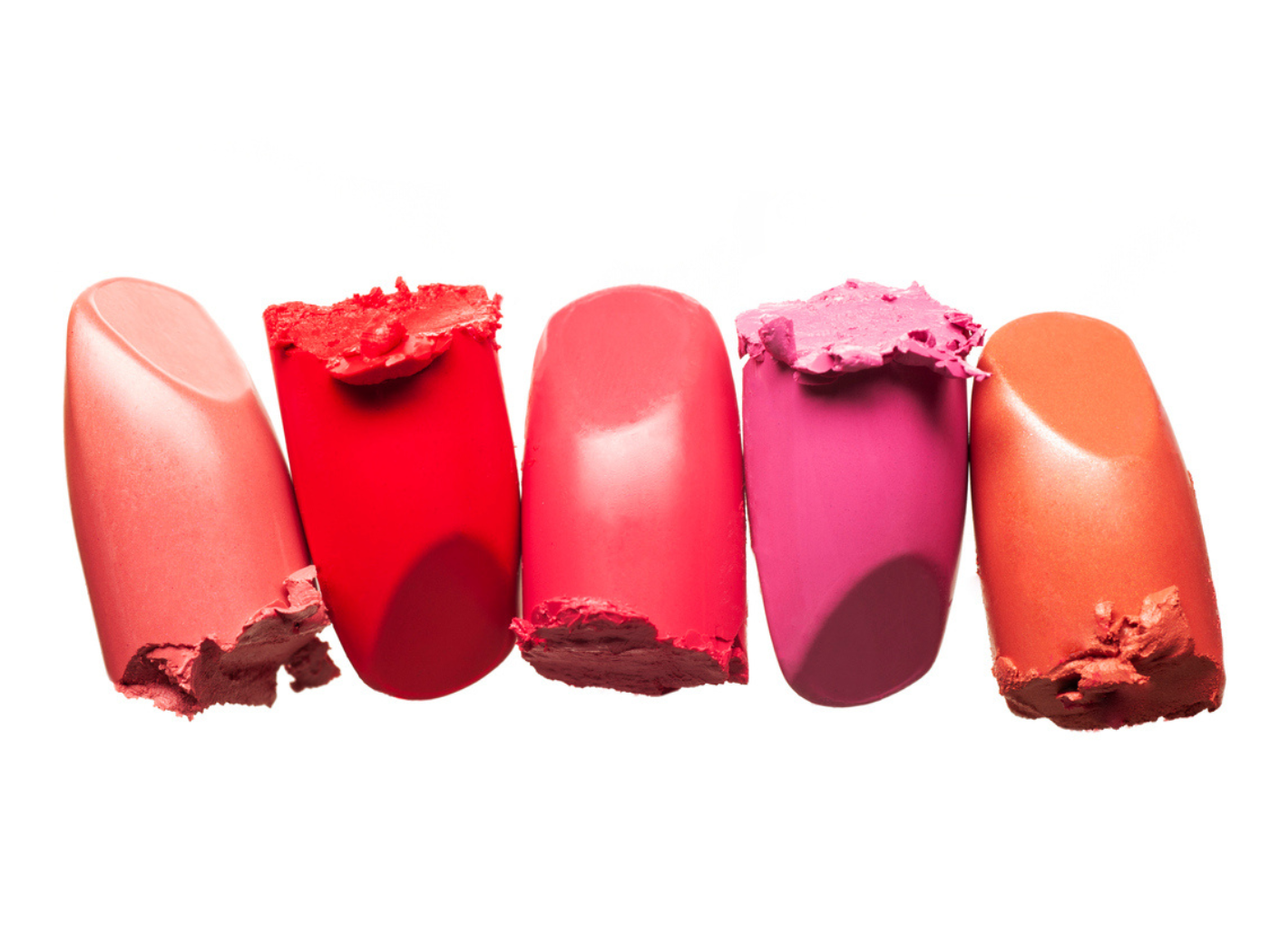Coty Introduces Wella Professional’s Hair Color Smart Mirror
With the goal of enhancing the salon hair color experience, Coty has unveiled its new Wella Professionals augmented reality (AR) enabled Smart Mirror at the 2019 Consumer Electronics Show (CES), powered by the award winning CareOS operating system. The technology was co-created with survey feedback from Wella Professionals hair stylists, salon owners and clients who identified a need for more personalized consultations and connections in and out of the salon. Some of the technology the smart mirror will provide includes real-time AR hair color try-on, facial recognition that enables the retrieval of past looks and services, curated feed content for inspiration and 360° video capture to view hair at every angle that’s sharable on social media. The new technology can run on any connected device, including tablet or mobile phone, making it flexible and portable to be scaled at salons of all sizes. The connected mobile application will allow stylists to stay in touch with their clients in between visits, and clients can access the platform to connect with their stylist, get product recommendations, personalized tips and trends, or schedule their next appointment.
Elodie Levy, Senior Director Digital Innovation at Coty, said, “This breakthrough ecosystem empowers stylists and addresses many of the pain points associated with the salon hair color category. Clients fear getting an unexpected color result and the use of augmented reality for trying on hair color shades in the salon is a game changer to address this challenge. Further, we’ve created a flexible and portable platform that can be scaled across salons of all sizes, a major step in reinventing the salon experience for all.”
J&J’s Neutrogena Brand Uses AI to Print 3D Sheet Masks
This week at CES, Johnson & Johnson’s Neutrogena will be unveiling what the brand calls its most personalized skin care product ever, the MaskiD. The patent-pending 3D-printed sheet mask is powered by user data and is designed to deliver clinical results. The personalization happens in three steps. First, a user snaps a selfie to create a precise, multi-dimensional map and measurements of his or her face. Next, the system analyzes personal data and selects the most beneficial ingredients for the user’s unique skin needs and infuses the ingredients into the six zones of the mask (forehead, eye orbital, nose, cheeks, chin and nasolabial folds). Finally, using a proprietary 3D printing process, the ingredients are printed onto the zones of the mask where they will deliver the greatest benefit for the individual. The hydrogel mask, created from cellulose sourced from locust beans and red seaweed, is translucent, flexible and conforms to the contours of the face.
“Women who embraced our Neutrogena Skin 360 personal skin analysis tool told us how excited they were to finally understand the unique aspects of their own skin—and they told us they want more,” said Sebastien Guillon, Global President of Beauty, Johnson & Johnson Consumer Inc. “They wish they could find personalized skincare solutions that address their skin’s unique needs, and we believe that sheet masks are the perfect opportunity to deliver on this unmet need.”
Neutrogena MaskiD will be available exclusively on Neutrogena.com later this year. The brand says the price, which has yet to be released, will be consistent with the rest of its skin care portfolio.
L’Oréal Wearable Prototype Predicts Skin Outbreaks
L’Oréal has introduced a prototype of the latest innovation from its Technology Incubator: My Skin Track pH by La Roche-Posay. The technology will be the first wearable sensor and companion app designed to measure an individual’s personal skin pH levels and create customized product regimens.
Healthy skin pH exists within the slightly acidic range between 4.5 and 5.5 on a spectrum measured from 0 to 14. When pH balance is compromised, whether through environmental factors and underlying conditions, it can trigger inflammatory responses such as dryness, eczema and atopic dermatitis. Previous methods of measuring skin pH levels require rigid electronics or large sweat samples; however, My Skin Track pH captures and generates accurate readings from race amounts of sweat from skin pores. To produce a reading the user places the senor on their inner arm for 5-15 minutes until two center dots take on a color. Then, they photograph the sensor using the My Skin Track pH app, which assesses skin health and makes customized La Roche-Posay product recommendations to care for skin and balance pH.
“The scientific and medical communities have long known the link between skin pH levels and common skin concerns that millions of people experience every day,” says Guive Balooch, Global Vice President of the L’Oréal Technology Incubator, an arm of L’Oréal’s Research & Innovation Division. “Our goal is to use this advanced technology to empower consumers with meaningful information about their skin, so that they can find the products that are right for their individual needs. At L’Oréal, we know that health is the future of beauty and we are committed to leveraging technology to bring powerful insights and solutions to our consumers.”
My Skin Track pH, which was created in partnership with Epicore Biosystems,will initially be introduced in 2019 through select La Roche-Posay dermatologists in the U.S., with the goal of amassing new research and ultimately launching a direct-to-consumer product.
“This new prototype represents the next step in La Roche-Posay’s beauty tech journey. We are committed to bringing scientific progress directly to consumers, to help them take great care of their skin,” said Laetitia Toupet, Global General Manager of La Roche-Posay.




